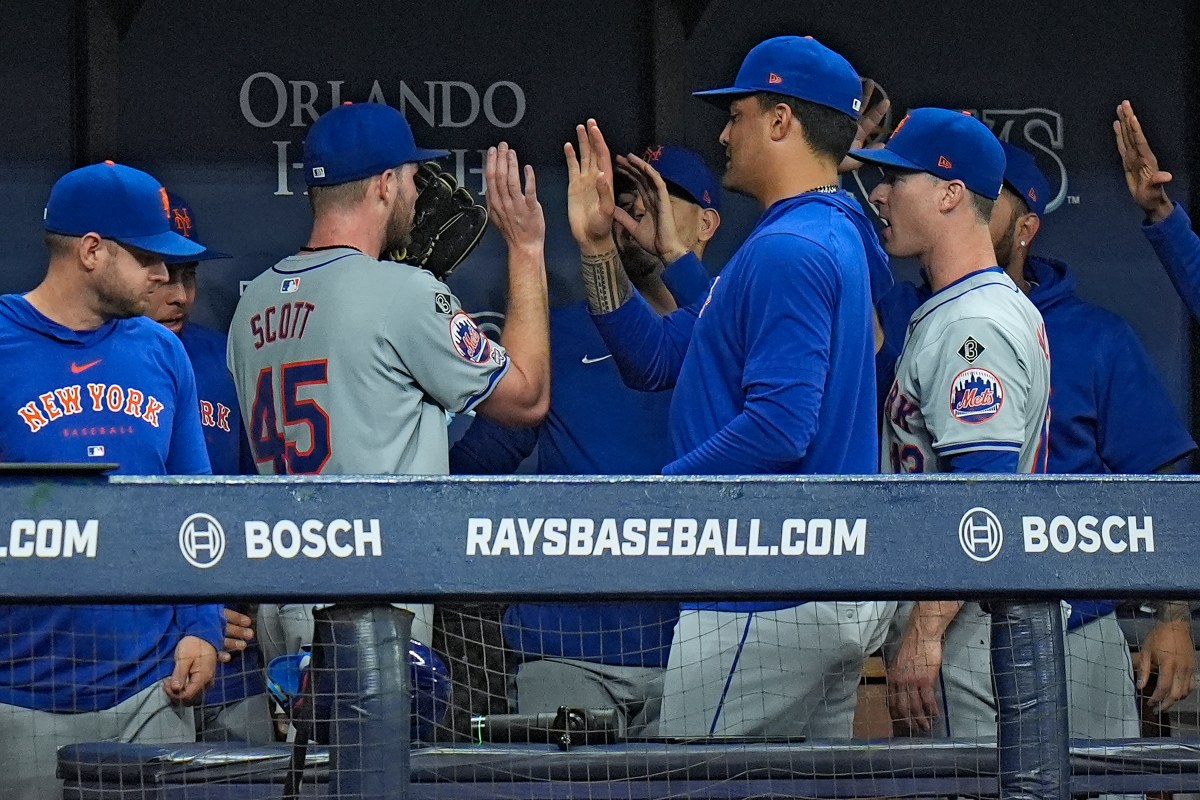Graduates from veterinary school have a wide career path opening before them, but for many, the decision comes down to rural versus urban. A rural career will likely be a mix of large-animal care like cows, and small-animal care for the area pets, while urban will mean working in a pet hospital.
Dr. Lisa Miller, associate dean of academic and student affairs at the Atlantic Veterinary College in P.E.I., says it’s usually about lifestyle, not salary. Those who are drawn to rural work often grew up in that environment or are attracted to the deeper community and greater independence. The downside is long hours and a lot of travelling. While a pet hospital just opens its doors and lets the animals come to it, rural practitioners must travel to the animals.
“A lot of people can’t physically do the work,” Miller says.
Elizabeth Lowenger, diversity and career coordinator at the Ontario Veterinary College, at the University of Guelph, says the shortage of rural workers stems from the fact that women have come to dominant the profession in the past decade.
“It’s a little more difficult to do large animal if you’re pregnant or if you have children,” she says. Women vets may start in rural, large-animal care, but are less likely to stay.
“It’s not quite as hygienic and it’s long hours. If a cow is calving in the middle of the night, you’ve got to go,” she says. “But some people like the variety.”
Those factors were on Tasha Kean-Clark’s mind when she graduated from the Atlantic Veterinary School in 2008 and moved to Calgary to start work in a small-animal clinic. She loves the challenges and regular life.
“Living in a large city with many 24-hour clinics means I never work overnight shifts, as I can transfer my patients out for the night if needed,” she says. “The desire to work Monday to Friday … and have a healthy work-life balance is the primary reason I am in small-animal medicine. The only downside is my love of emergency medicine, which I only get to do a smidge of.”
A third way is to follow Miller’s path — she’s a pathologist. It allows her to work regular hours and on all species, but with one niggling drawback: They’re all dead by the time she gets to them.
















